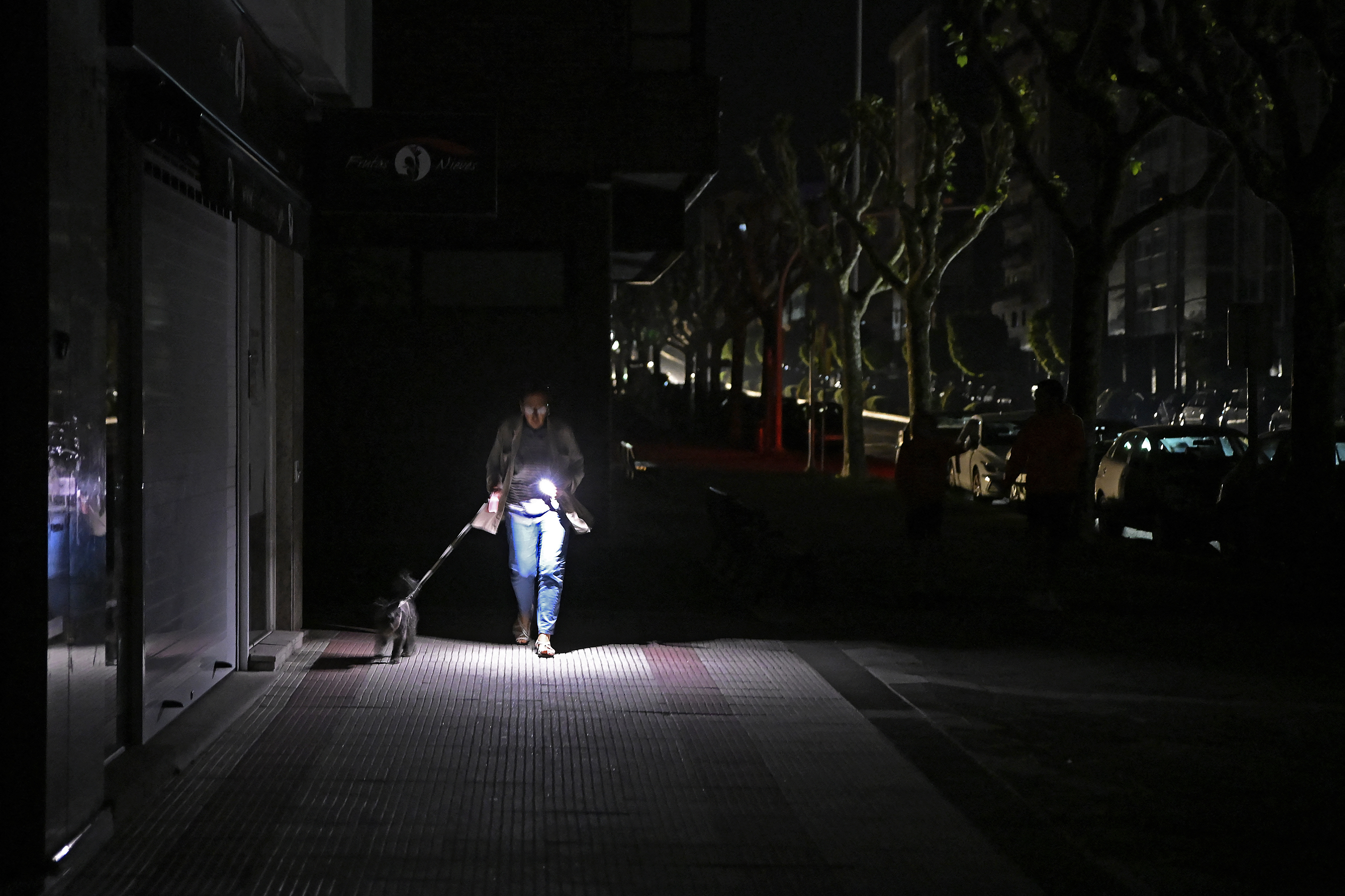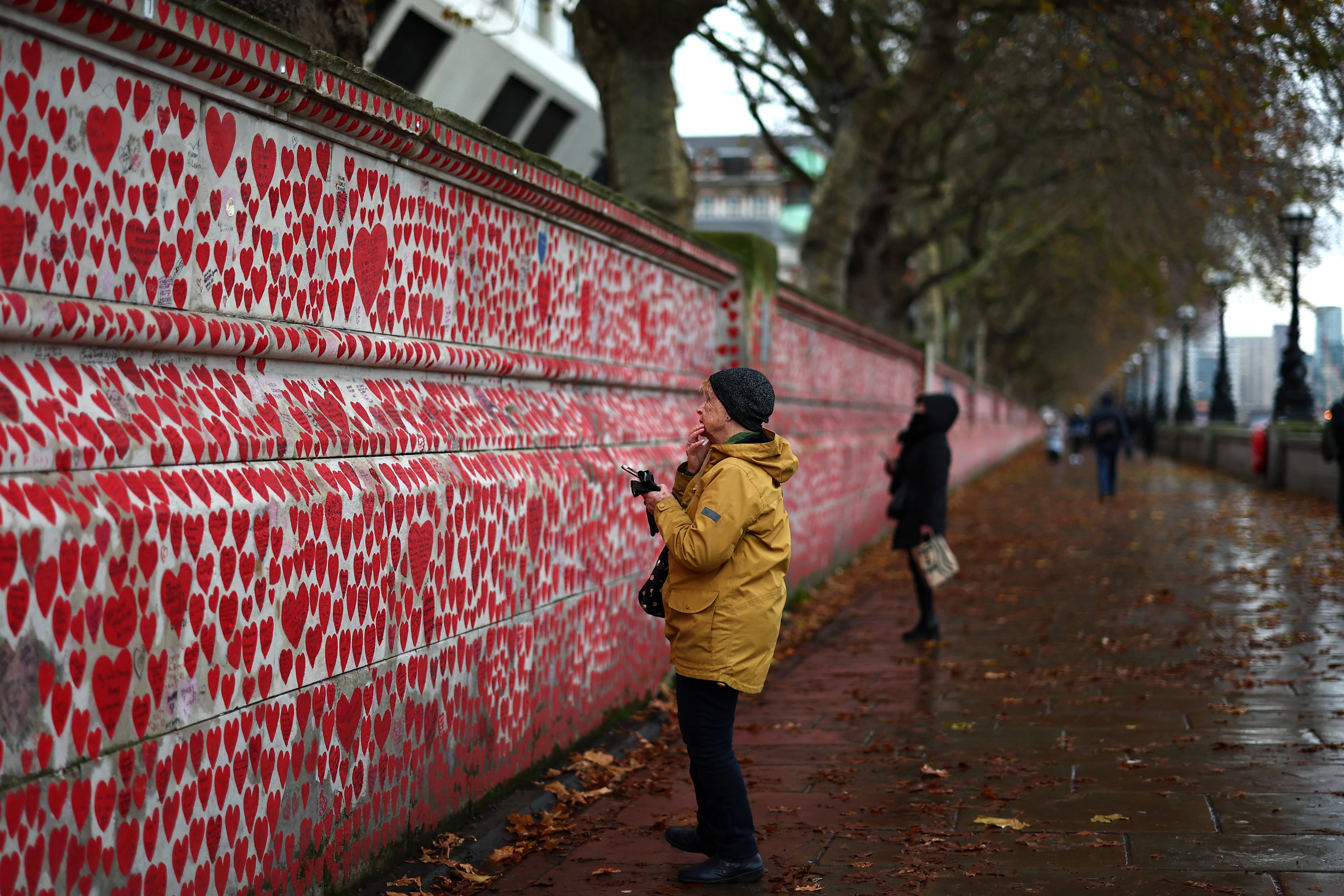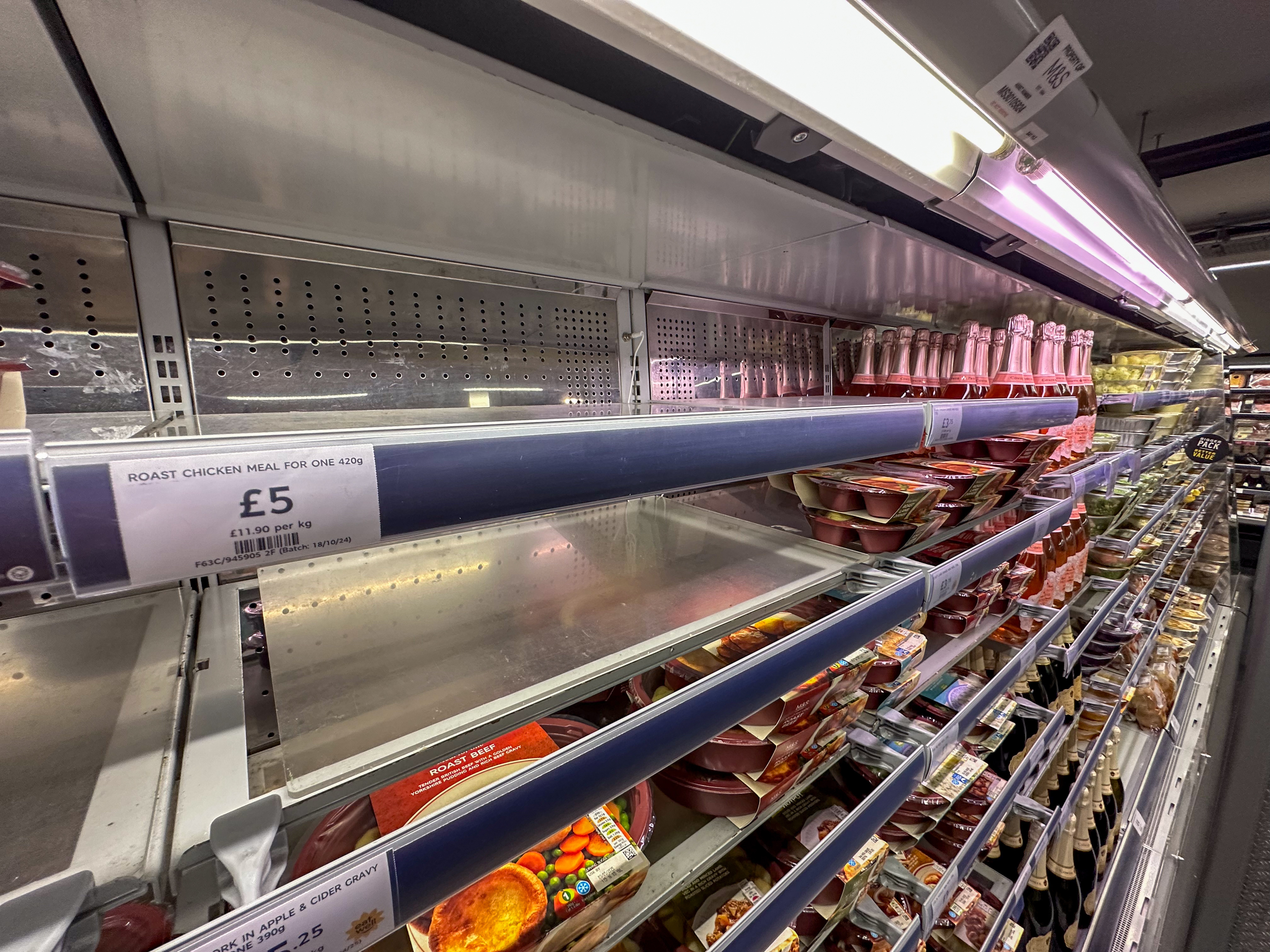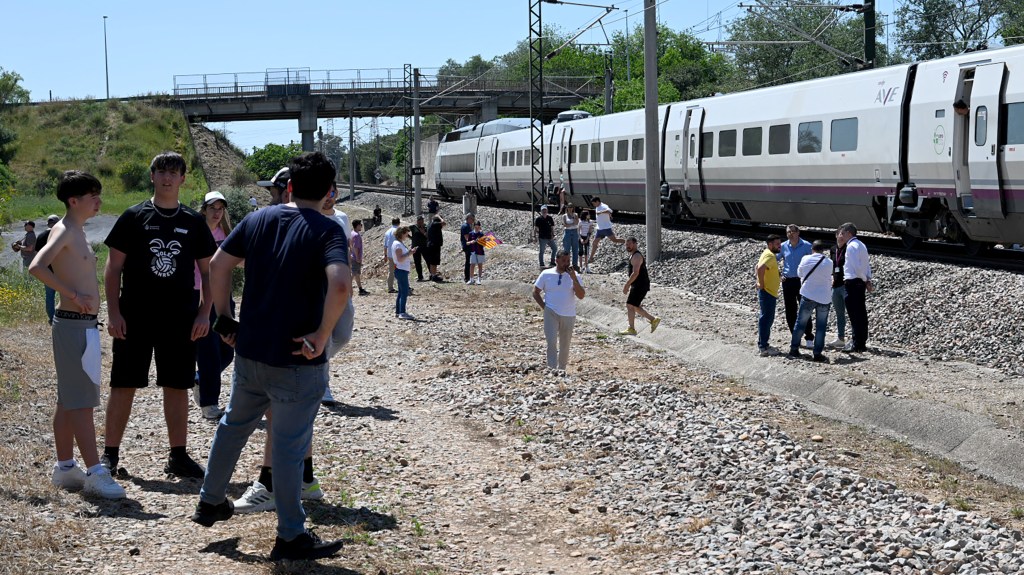Government Ignored Warnings About Impending Blackouts — Here’s What You Need to Know
The recent electricity blackout that swept across Spain and Portugal could have resulted in much more severe consequences.
After a series of unexplained voltage fluctuations, the power grid in significant areas of the Iberian Peninsula collapsed. As a result, countless individuals found themselves without lighting or mobile connectivity, leaving millions unable to cook, travel, or use essential devices. Tragically, there were casualties. Fortunately, within a day, power was restored, and life quickly resumed normalcy.
This swift recovery was aided by the continued operation of a large segment of the grid, which remained functional thanks to interconnectors with France, several of which also stood firm during the crisis. Had the impact of the outages deepened, or if all connections with France to the broader European network had failed, the entire Iberian power system could have completely shut down. Such a scenario might have required a full five days to restore.

This alarming incident, and its potentially graver implications, should serve as a wake-up call for governments worldwide. In the UK, around the same time as the Iberian blackout, major retailers including M&S, Harrods, and the Co-op faced chaos due to cyberattacks. This follows a recent incident where a fire disrupted operations at Heathrow. The vulnerability of our systems has rarely been clearer.
However, history indicates that once the immediate crisis abates and media attention dwindles, governments will likely revert to their routine—until the next catastrophe unfolds.
From my tenure in the Cabinet Office, where I focused on resilience, I observed that advocating for civil preparedness was often met with skepticism from both Whitehall and Westminster.
After my departure, regular resilience assessments I had initiated were halted. This experience motivated me to emphasize the importance of anticipating more severe power outages, like the one witnessed in Spain and Portugal, in my book, Apocalypse How?.
Ironically, while working on this project, the team I had established to provide early warnings for viral outbreaks was recently reintegrated into routine Cabinet Office operations, just before the emergence of Covid-19. Following the pandemic, a new ‘resilience directorate’ was formed, but it is led by a mid-level official lacking significant authority.

There are systemic psychological factors contributing to why officials, politicians, and commentators tend to disregard the potential dangers of rare, high-impact events unless faced with immediate failure.
A notable book by Howard Meyer and Robert Kunreuther, titled The Ostrich Paradox, outlines six biases—myopia, amnesia, optimism, inertia, simplification, and herding—that lead us to concentrate on pressing issues while neglecting future risks.
These biases persist throughout history. However, the urgency to rectify our myopia regarding potential disasters has never been more critical. As technology advances and economies thrive, our societal fragility becomes increasingly evident, exposing us to both human and natural threats.
Modern travel, while revolutionary, also aids in the dispersion of viruses like Covid-19. Moreover, the internet, although transforming commerce and communication, has made entities like Harrods, M&S, and numerous financial institutions vulnerable to unprecedented cyberattacks—which would have been infeasible in previous decades. Today’s hacker collectives can incapacitate national operations at the click of a button.

This newfound vulnerability transcends mere susceptibility to crime or environmental forces. Modern innovations have also broadened opportunities for hostile actions by states. As witnessed in the Ukrainian conflict, we face unprecedented levels of cyber warfare, and British cyberdefenses are continuously tested by authoritarian regimes, including Russia.
The root of our increased vulnerability is our interdependence. Not long ago, our infrastructure was characterized by relatively independent systems. Roads relied on oil, cooking was facilitated by a standalone gas network, and communication ran on its dedicated electrical supply. Each network’s autonomy acted as a buffer against disruptions in another.
Now, these formerly separate networks have converged into an interconnected system where everything from banking to transportation relies on consistent internet connectivity and satellite systems. Electricity has become the core of this intricate network—when power fails, everyday life halts.
To counteract this vulnerability, we must fortify our defenses. Businesses and public institutions need enhanced protections against cyber threats. The electricity sector must fortify its systems to withstand extreme weather and voltage disruptions. Overall, our country must bolster defenses against disruptions to essential satellites and undersea cables caused by natural phenomena or human aggression. The banking system too must ramp up security against infiltrations by hostile entities and organized crime.
Investing in these protective measures is imperative. We can no longer afford to neglect improving our defenses against both natural and human adversaries who can exploit our interconnected architecture.
However, perfection in defense is unattainable. Despite the resources we allocate, our safeguards will never be entirely foolproof. Vulnerabilities will always exist—some overlooked detail or unforeseen sequence of circumstances that could permit breaches by adversarial forces. This complexity of our dependent network makes it exceedingly difficult to predict all potential forms of attack or failure.
This insight should not lead us to despair, but rather encourage us to acknowledge the likelihood of breaches and prepare accordingly. By doing so, we can significantly improve our resilience after an incident occurs.

The first step in cultivating this new resilience is admitting that our interconnected system, bolstered by modern technological advancements, is here to stay. The efficiency and benefits it offers are unmistakable, and society will remain committed to its further development through advancements like artificial intelligence and the internet of things. The second step is to accept that our defenses will never be comprehensive. Lastly, we must establish contingency plans to fall back on when our defenses falter.
We don’t need to imagine future scenarios to identify these contingency strategies; they exist around us. If every neighborhood were equipped with standby generators and fuel to maintain electricity during outages; if every vehicle contained traditional maps for navigation when electronic devices fail; and if we maintained physical records of crucial personal information, we would be better positioned to respond to infrequent but potentially catastrophic ‘black swan’ events.
While such measures may lack appeal to policymakers, a comprehensive strategy focused on enhancing civil resilience through practical, traditional preparedness will not easily capture media attention or popular support. However, recognizing the need for improved resilience in the face of future disruptions may transform looming threats into manageable problems rather than disasters. This goal is certainly worth pursuing.
Sir Oliver Letwin served as the minister for government policy from 2010 to 2016. His book, Apocalypse How? Technology and the Threat of Disaster, addresses these critical issues.




Post Comment